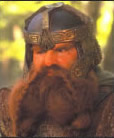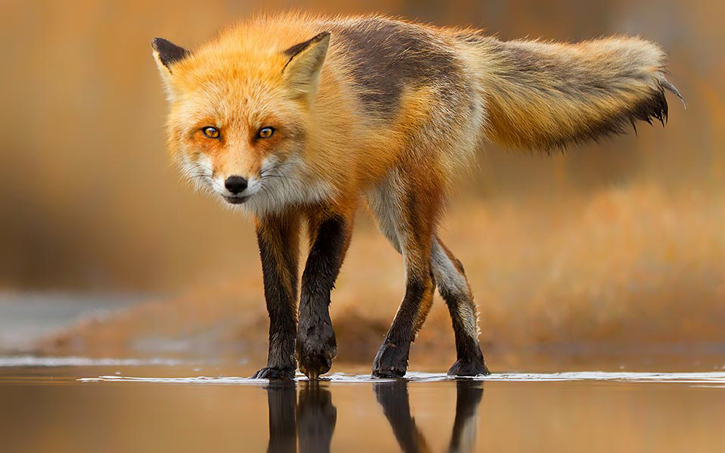Forum
Welcome Guest |
|
|---|---|
 Author Author |
Topic: |
|---|
| Lorddreaman |
|
||||||||
| Ilandir |
|
||||||||
| Lieutenant_Gothmog |
|
||||||||
| Felnor |
|
||||||||
| cirdaneth |
|
||||||||
| Dwarflord |
|
||||||||
| Morwinyoniel |
|
||||||||
| cirdaneth |
|
||||||||
| Dwarflord |
|
||||||||
| Iavas87 |
|
||||||||
| ElfofCave |
|
||||||||
| Spragh |
|
||||||||
| Charlie_RedLion |
|
||||||||
| Elthir |
|
||||||||
| cirdaneth |
|
||||||||
| Members Online |









 Orclife 2. - Weapons and Tactics
Orclife 2. - Weapons and Tactics Obviously, this is my opinion, maybe others may think differently.
Obviously, this is my opinion, maybe others may think differently.

